
Image with kind permission of Hampshire Record Office
One of the events at this year’s BU Festival of Learning will highlight the research partnership between BU and the RSPB. For over two years members of the Faculty of Health and Social Sciences have been working with Tom Clarke from the RSPB on various projects that explore how accessing the natural environment can improve personal health and wellbeing.
The Festival of Learning event that is being developed in partnership with the RSPB will focus upon one stretch of the River Stour between Muscliff and Throop Mill. An exhibition, at Bournemouth Council’s new Kingfisher Barn Visitor Centre, will show how previous generations have used the area. It is hoped that through this historical narrative members of the public who visit the event will be encouraged to think about how they could enjoy this beautiful rural stretch of the river with family and friends in the future. There will also be cultural heritage activities to try.
At present the project team are gathering information on the cultural heritage of the area. This has involved searching local archives as well as Hampshire Record Office, to find information about those who have lived, worked and had fun in and by the River. The Daily Echo is also supporting the search by including an article asking any members of the public with memories of the area to send them in – and we know there are lots of people with childhood links to the location following a number of Facebook posts to members of the project team. May be colleagues or students at BU have their own memories they’d like to share – we’d love to hear them!


 Sascha Dov Bachmann, Associate Professor in International Law, FMC, has been made Extraordinary Visiting Professor (AP) in War Studies at the Swedish Defence University (FHS). This appointment recognizes his contribution to the work of the
Sascha Dov Bachmann, Associate Professor in International Law, FMC, has been made Extraordinary Visiting Professor (AP) in War Studies at the Swedish Defence University (FHS). This appointment recognizes his contribution to the work of the  Dr. Jenny Hall in CMMPH published her latest article ‘Facilitating learning of spirituality in midwifery’ in the academic journal Spiritual Care [1]. She highlights that there has been considerable discussion in the literature around spirituality at the end of life but little relating to childbirth. Perhaps because of this facilitation of learning around the subject is limited. The aim of this article is to raise awareness of these issues and promote future discussion and research.
Dr. Jenny Hall in CMMPH published her latest article ‘Facilitating learning of spirituality in midwifery’ in the academic journal Spiritual Care [1]. She highlights that there has been considerable discussion in the literature around spirituality at the end of life but little relating to childbirth. Perhaps because of this facilitation of learning around the subject is limited. The aim of this article is to raise awareness of these issues and promote future discussion and research.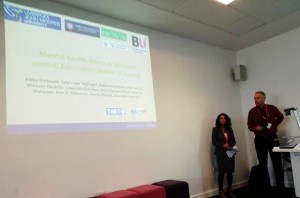
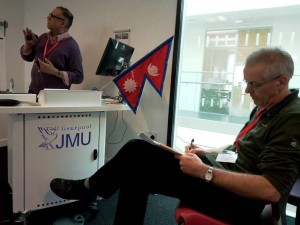

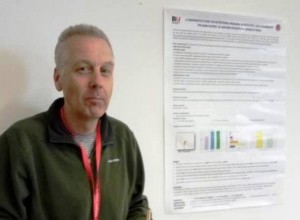


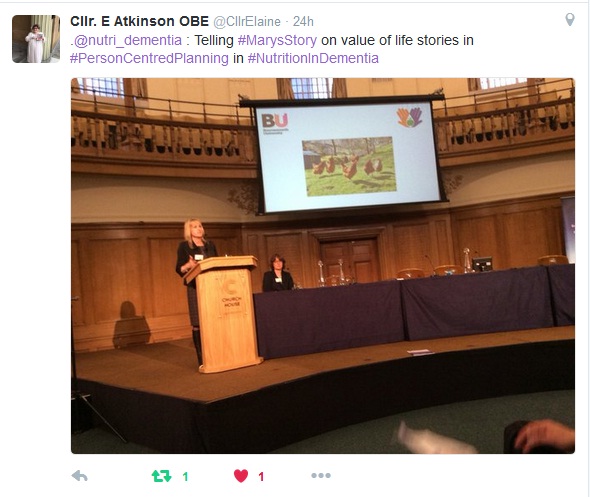
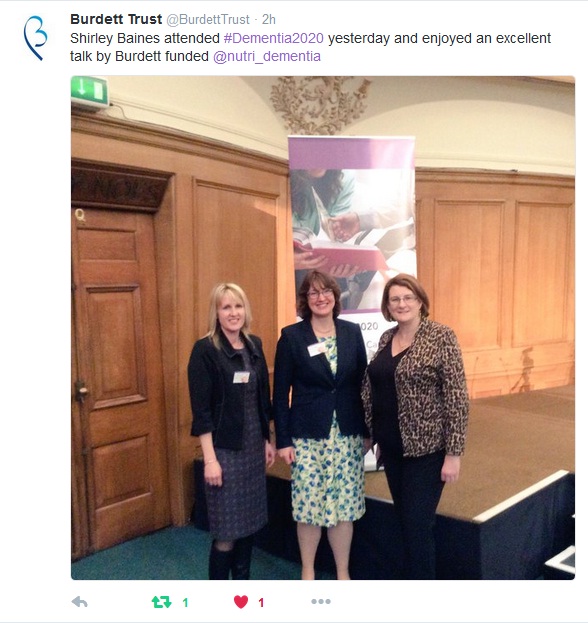
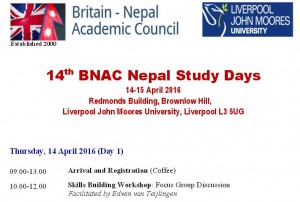
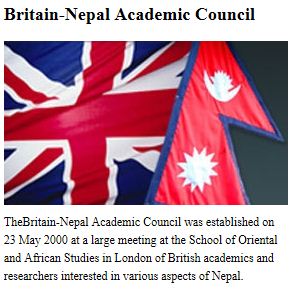











 3C Event: Research Culture, Community & Cookies – Tuesday 13 January 10-11am
3C Event: Research Culture, Community & Cookies – Tuesday 13 January 10-11am Dr. Chloe Casey on Sky News
Dr. Chloe Casey on Sky News Final Bournemouth University publication of 2025
Final Bournemouth University publication of 2025 On Christmas Day in the Morning…
On Christmas Day in the Morning… New Nepal scoping review on maternal & neonatal health
New Nepal scoping review on maternal & neonatal health ECR Funding Open Call: Research Culture & Community Grant – Application Deadline Friday 12 December
ECR Funding Open Call: Research Culture & Community Grant – Application Deadline Friday 12 December MSCA Postdoctoral Fellowships 2025 Call
MSCA Postdoctoral Fellowships 2025 Call ERC Advanced Grant 2025 Webinar
ERC Advanced Grant 2025 Webinar Horizon Europe Work Programme 2025 Published
Horizon Europe Work Programme 2025 Published Update on UKRO services
Update on UKRO services European research project exploring use of ‘virtual twins’ to better manage metabolic associated fatty liver disease
European research project exploring use of ‘virtual twins’ to better manage metabolic associated fatty liver disease